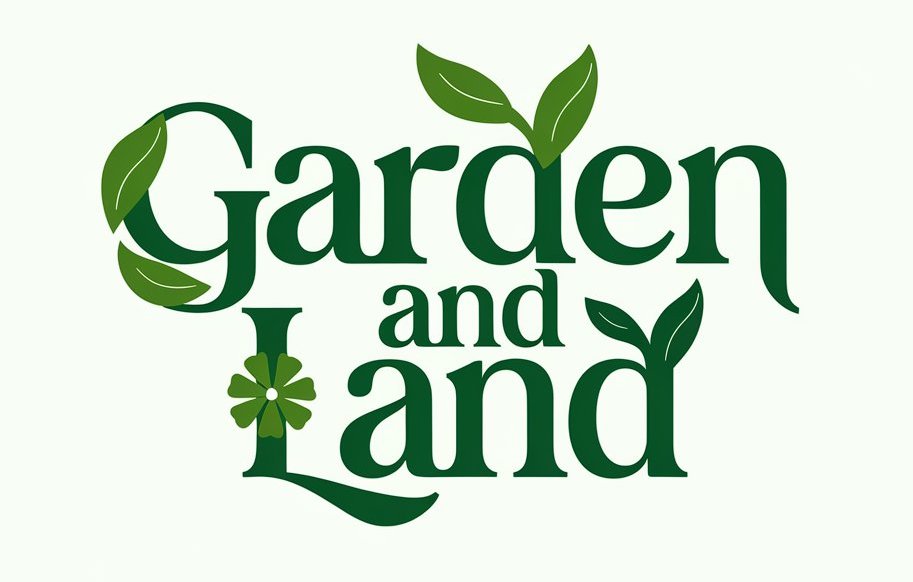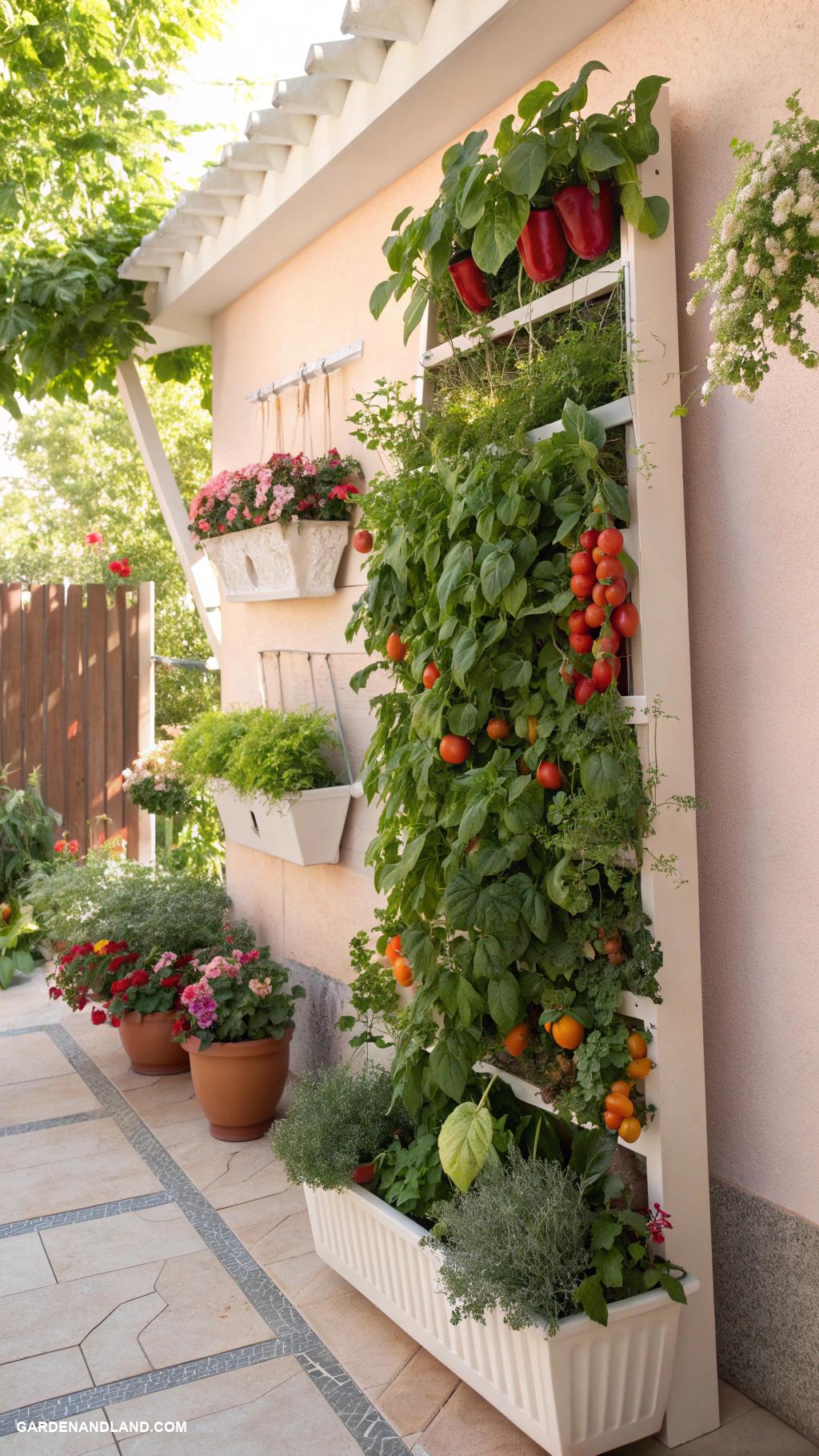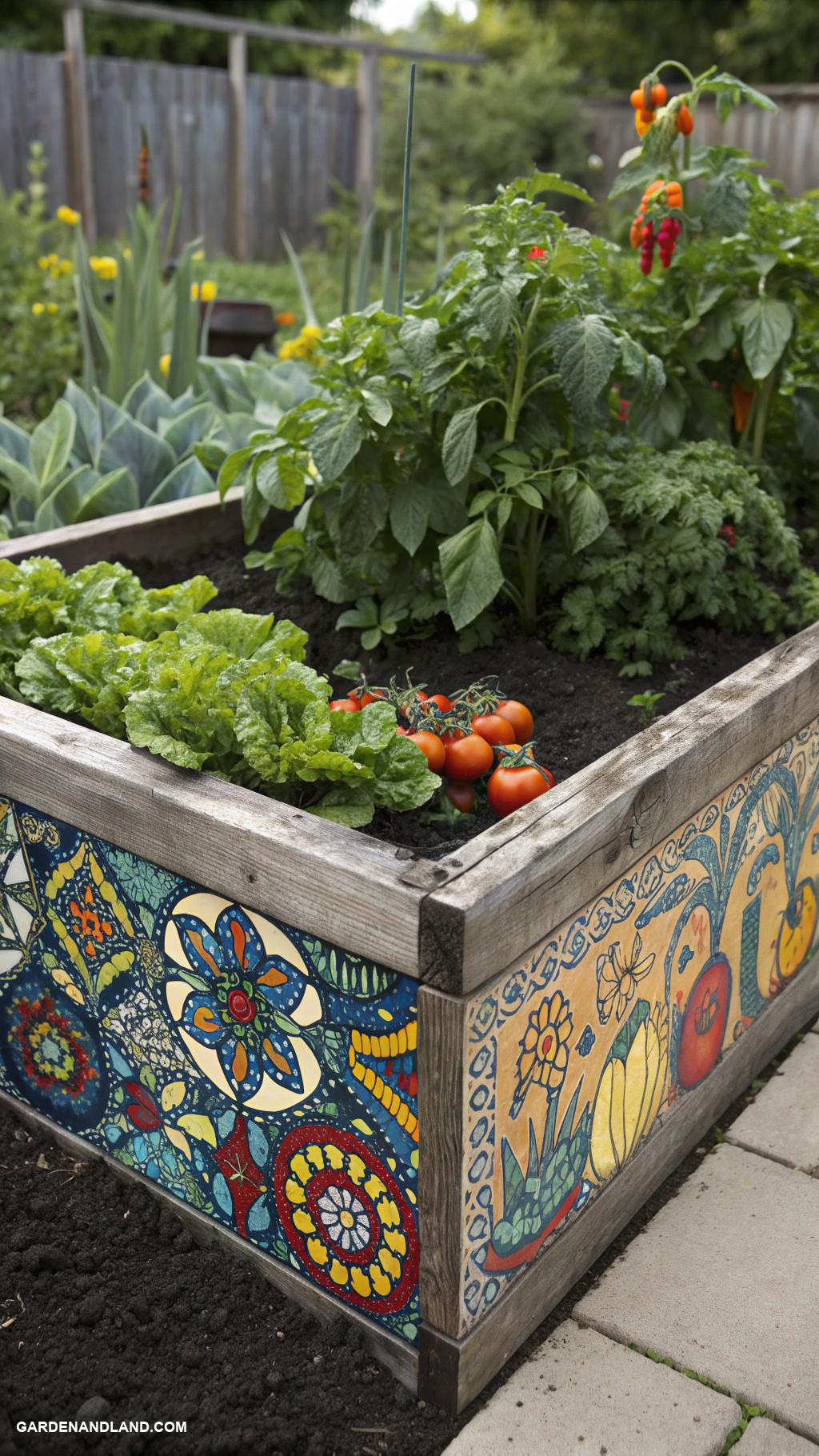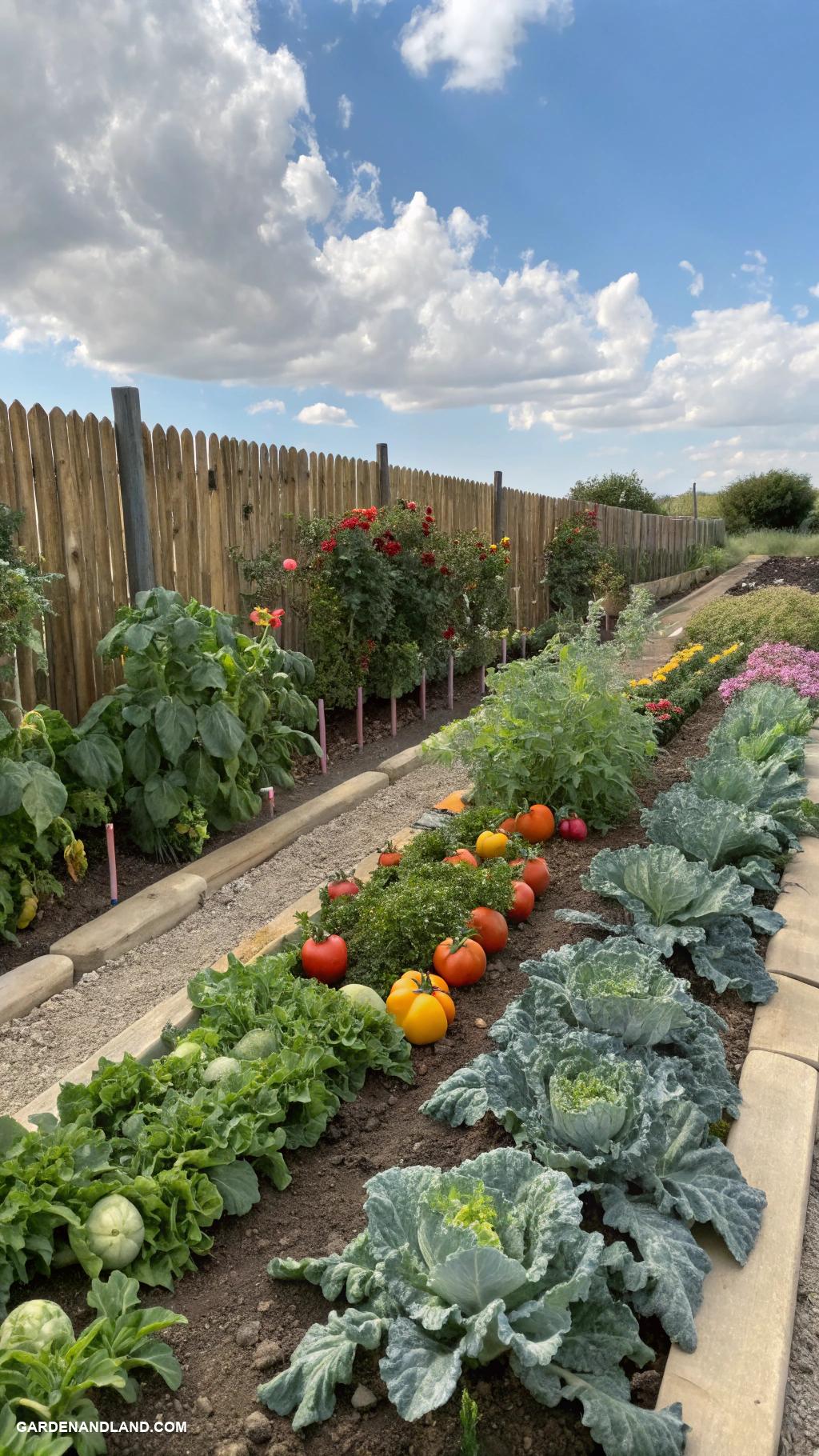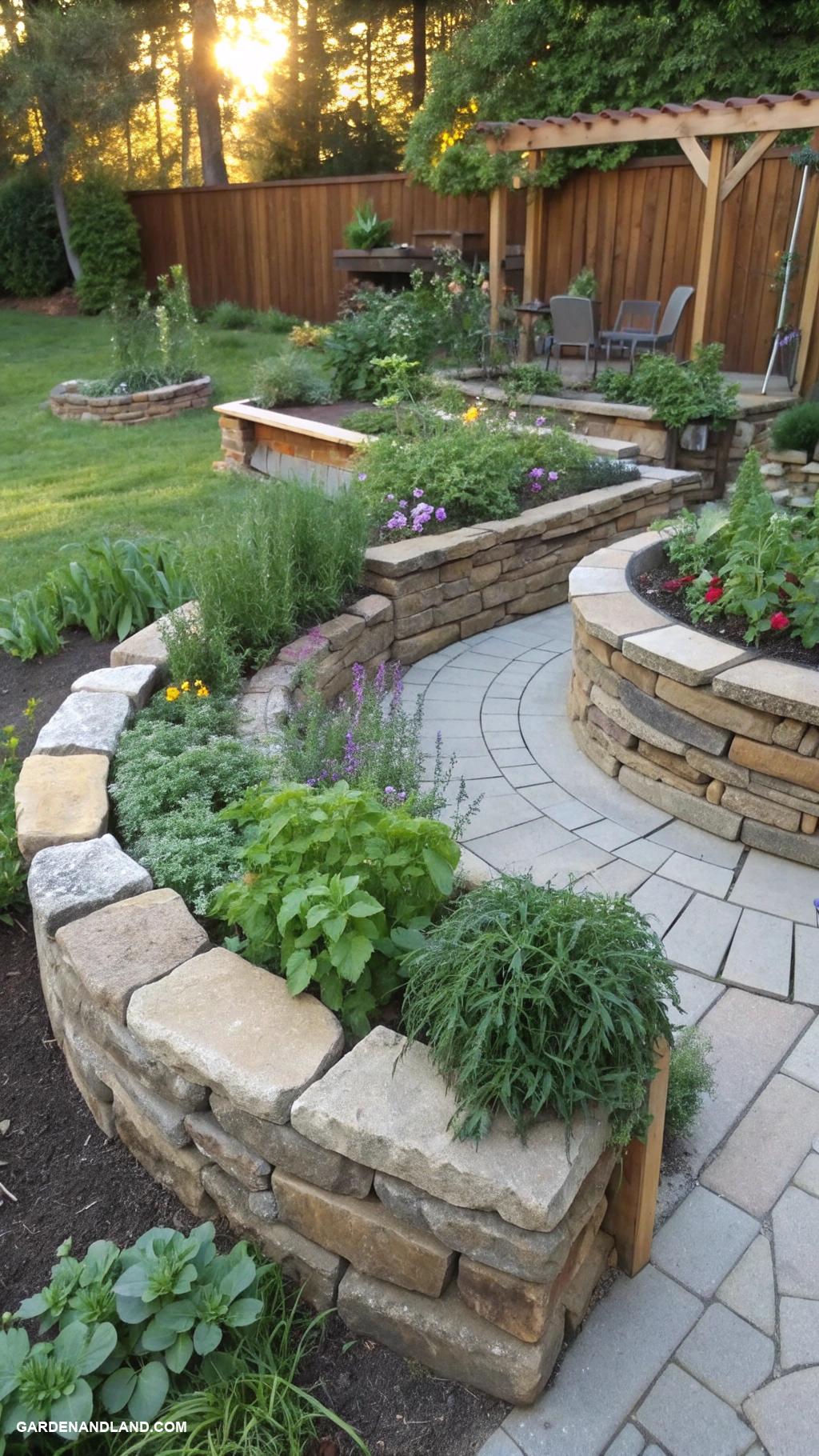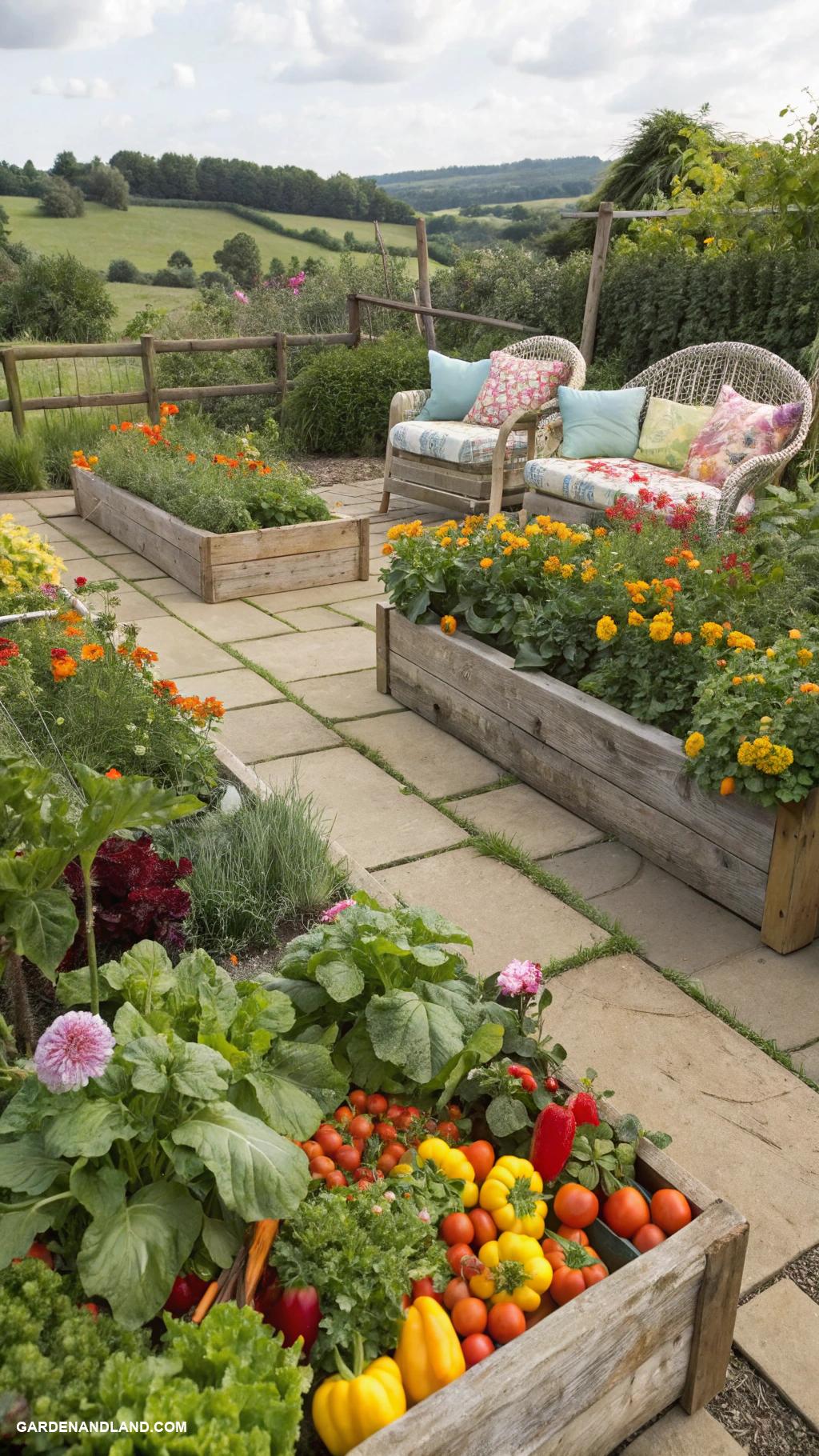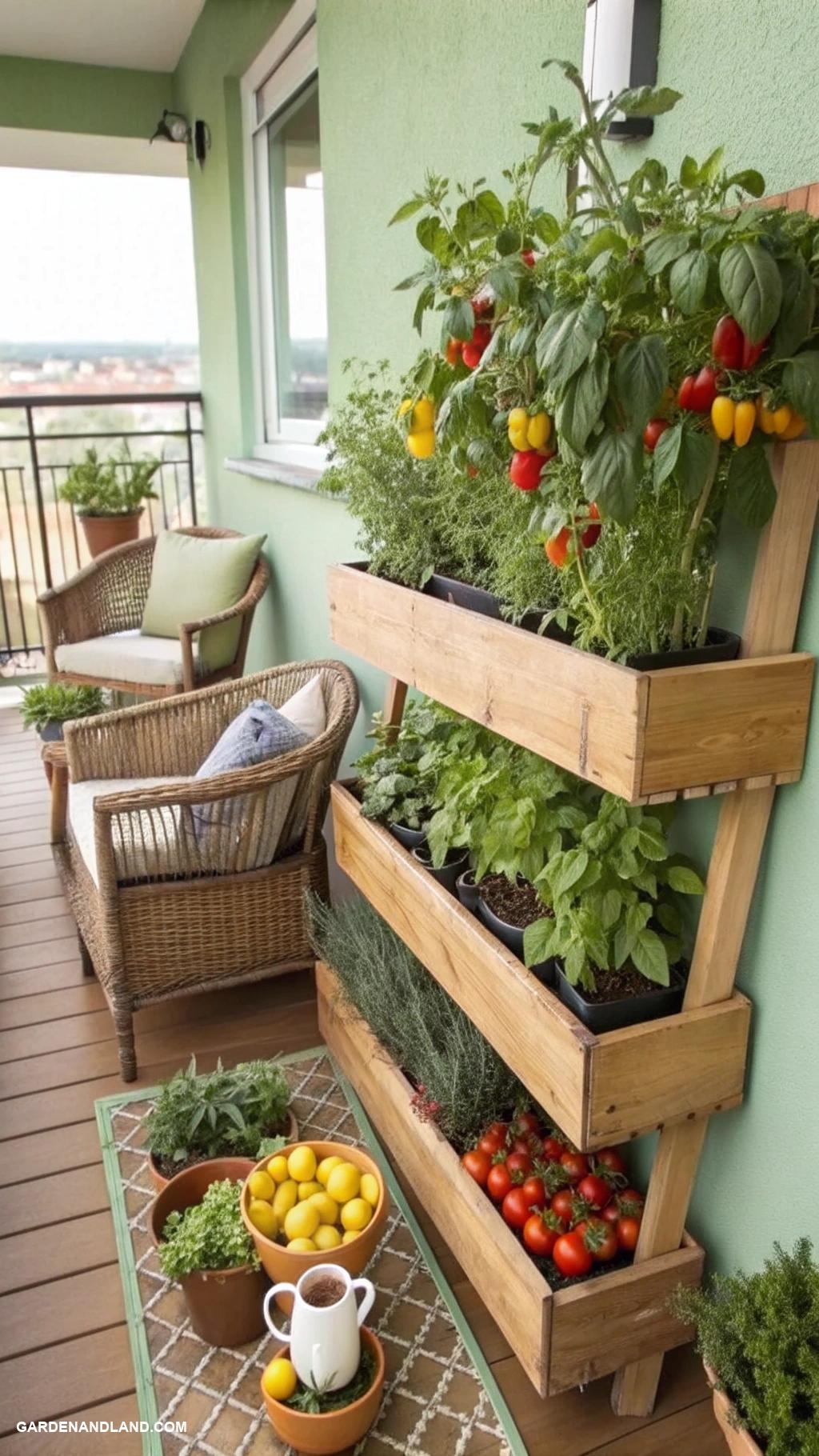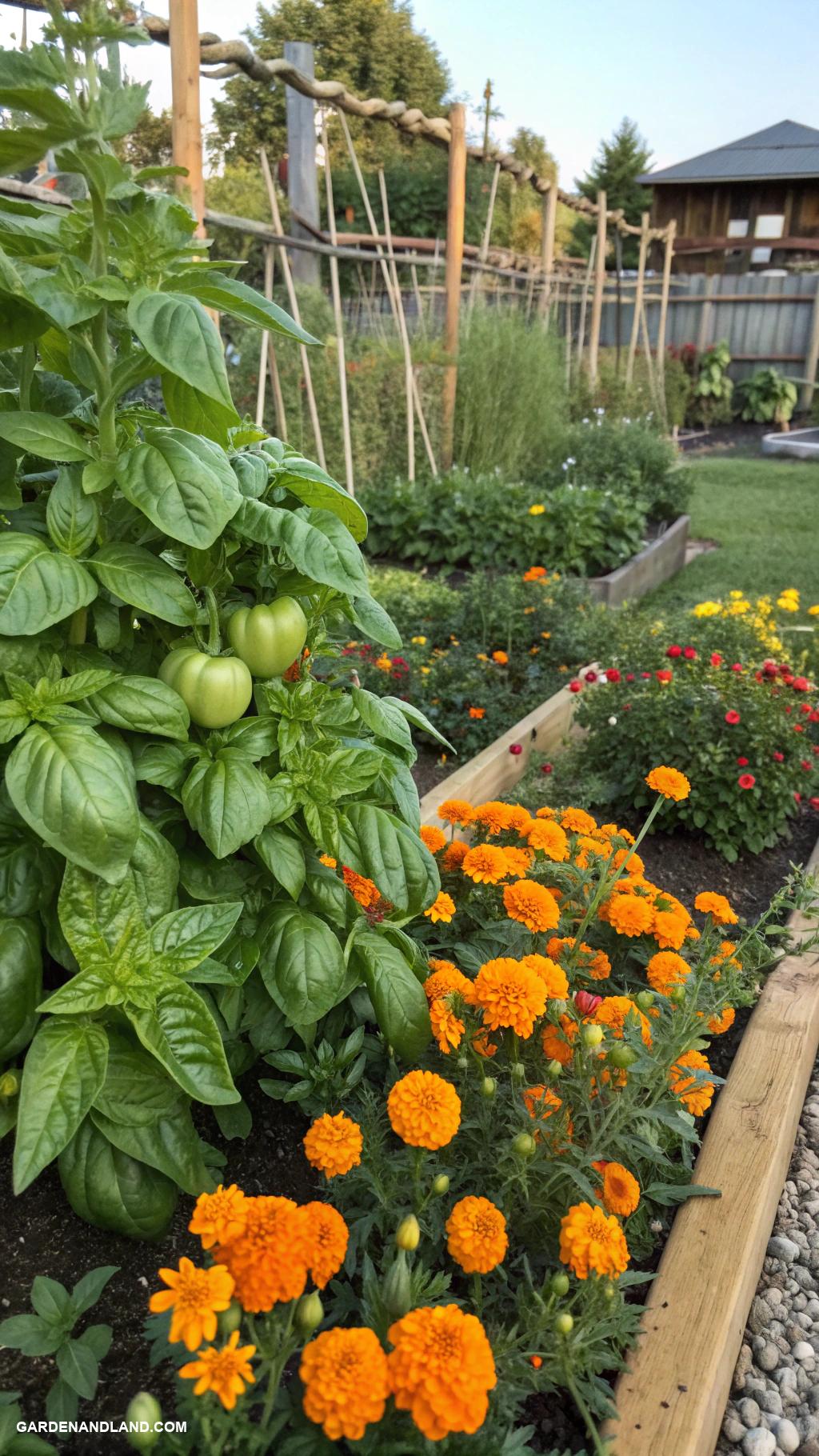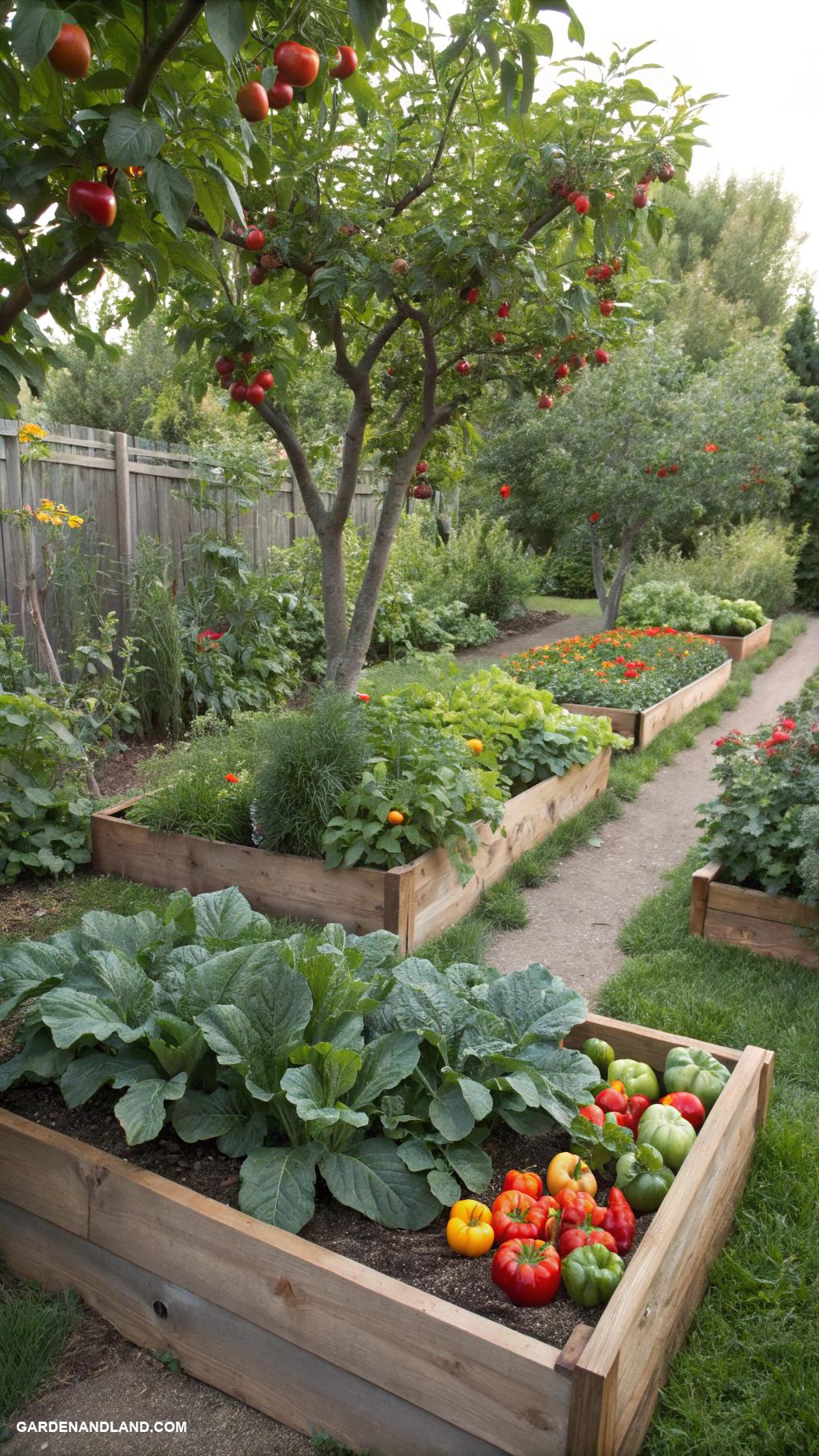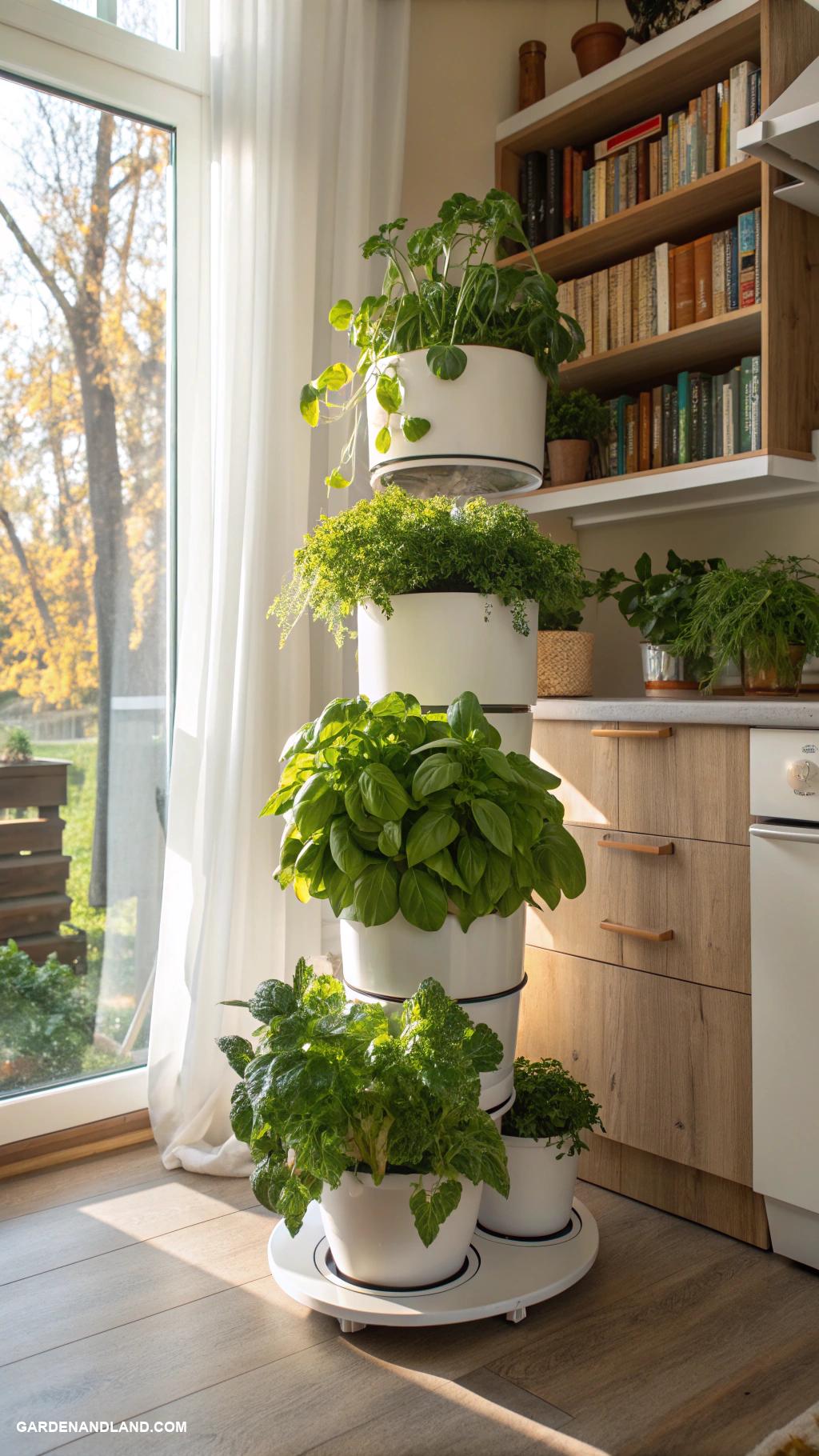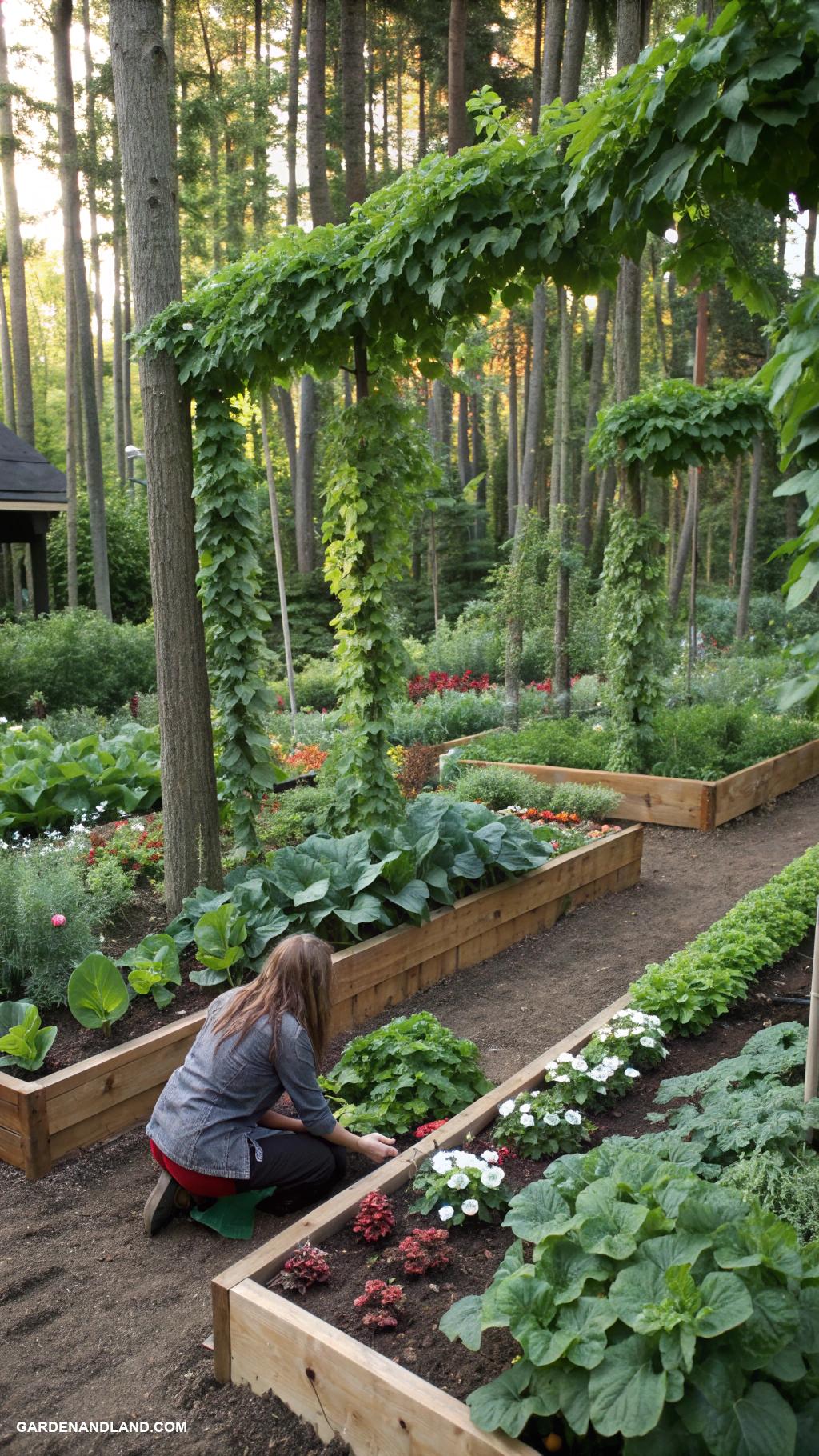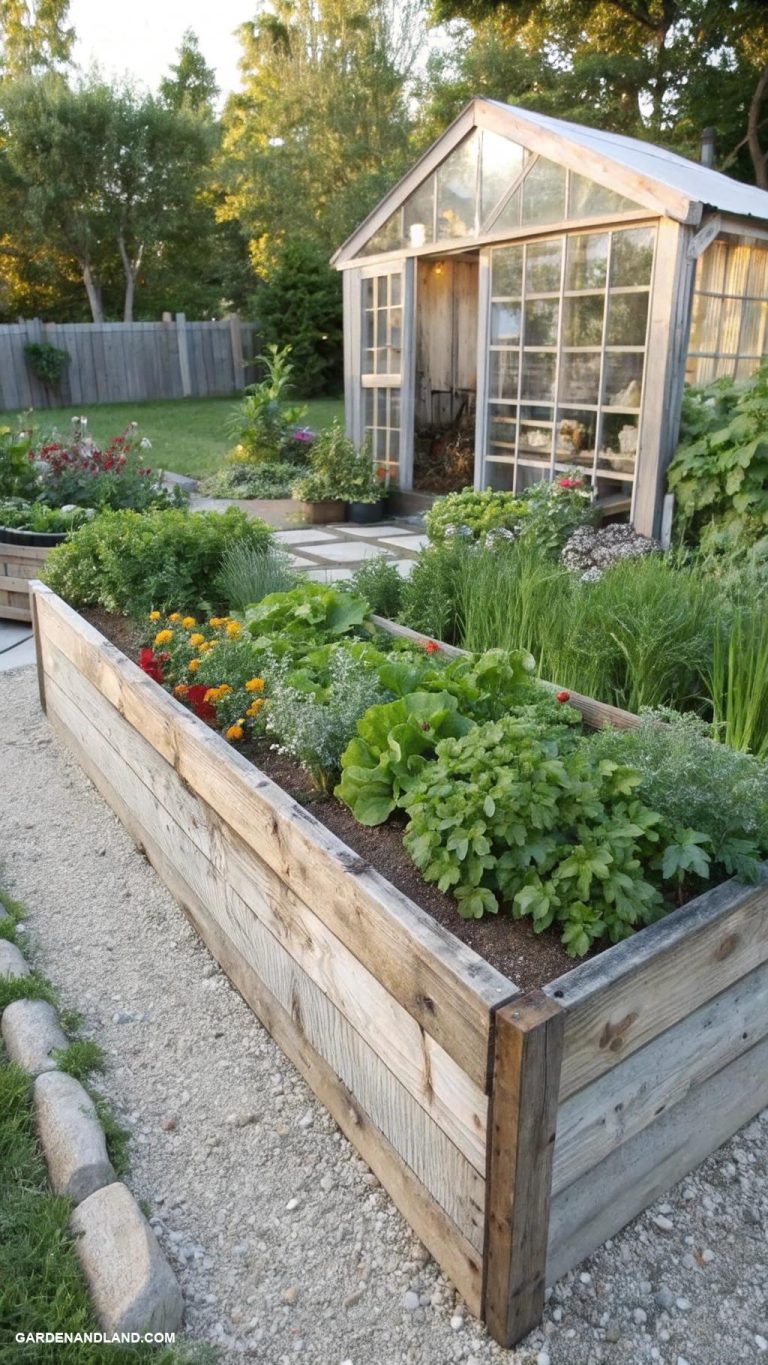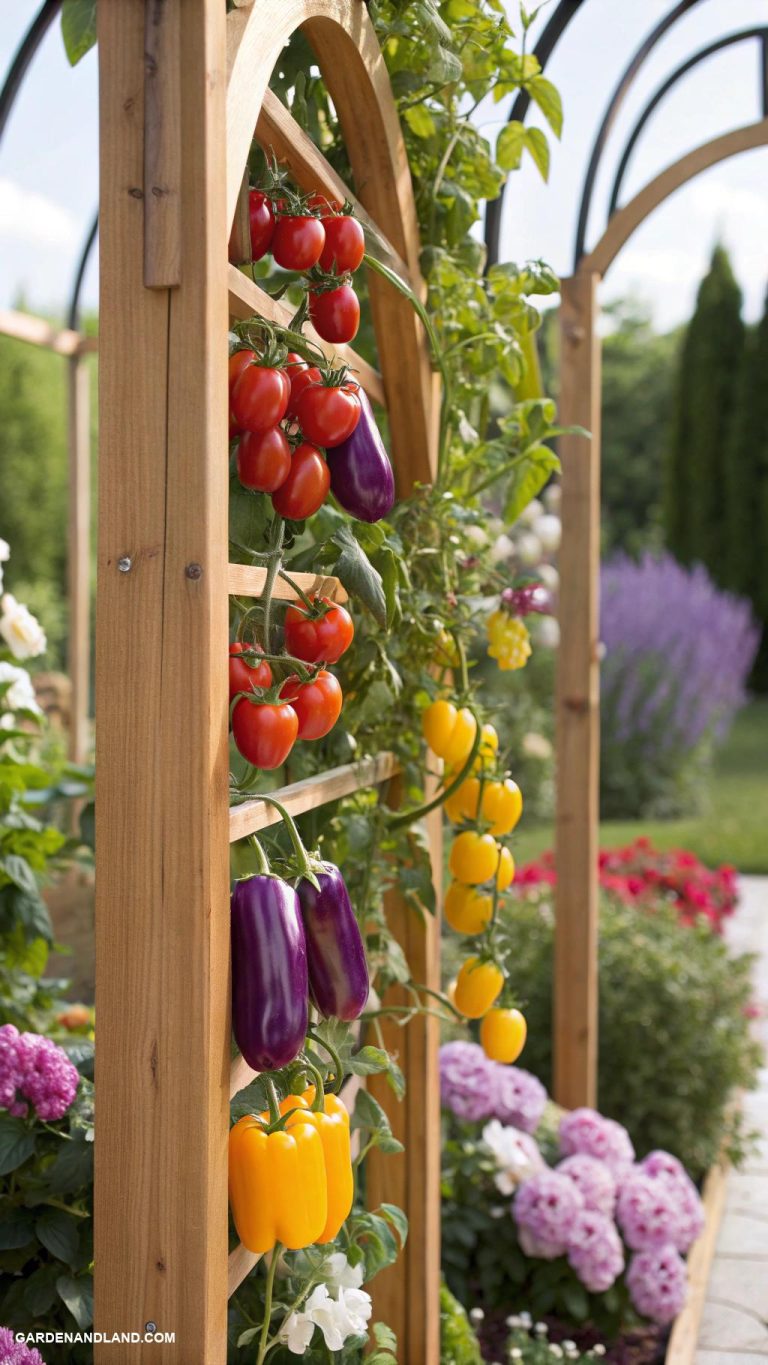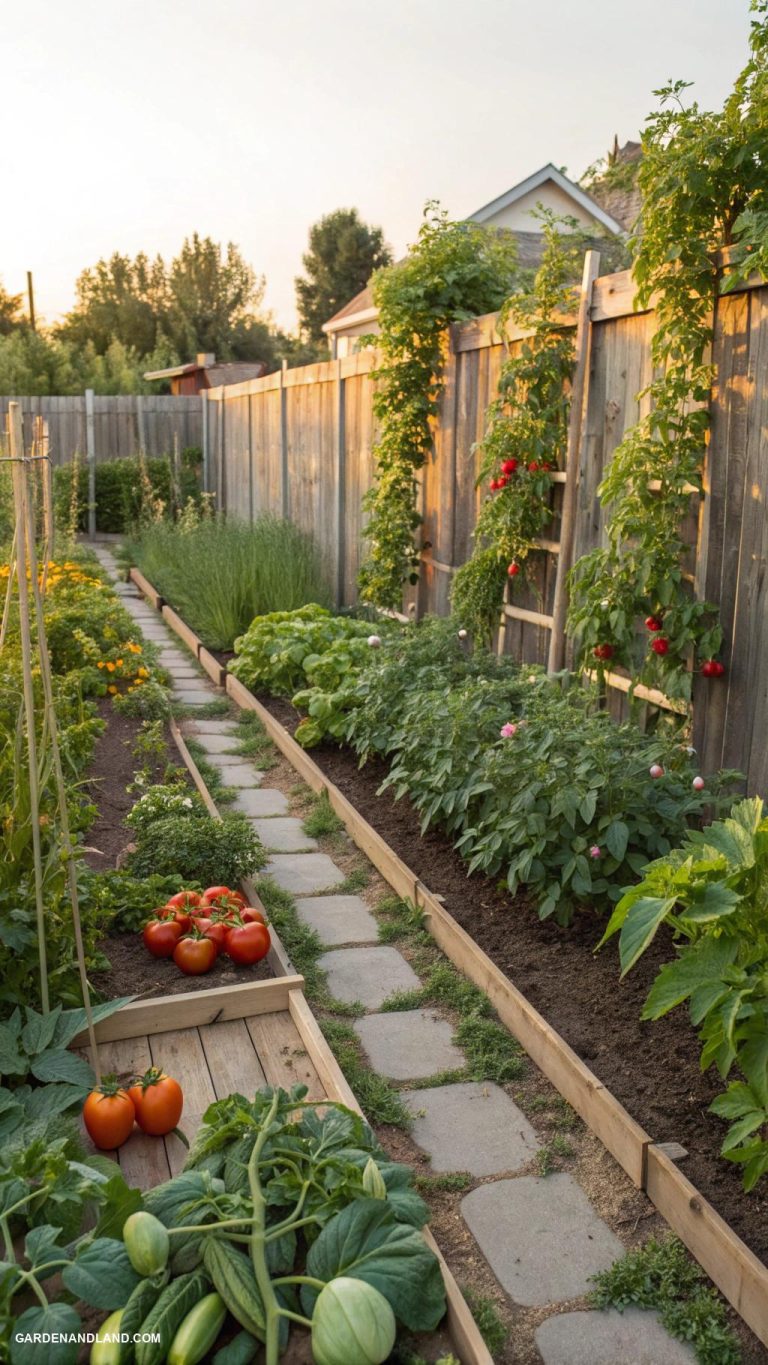10 Inspiring Vegetable Garden Ideas to Build Your Own Little Farm at Home
We may earn a commission through all links on this website. As an Amazon Associate, we earn from qualifying purchases.
As the seasons change and the weather warms up, many of us start to think about getting our hands dirty in the garden. But what if your green thumb is more of a, well, wilting flower? Fear not! With a little creativity and some simple planning, you can turn your outdoor space into a vibrant oasis that’s as functional as it is beautiful.
Whether you’re a seasoned gardener or a newbie, a well-designed vegetable garden can be a game-changer for your cooking, your health, and your sense of accomplishment.
In this article, we’ll explore some innovative and inspiring vegetable garden ideas to help you get started, from clever layouts and clever uses for containers to creative ways to incorporate edible flowers and herbs into your design.
So grab your gloves and let’s get growing!
The Old Farmer's Almanac Vegetable Gardener’s Handbook
36% OffVertical Gardens for Space-Saving Vegetables
Vertical gardens offer an innovative solution for growing vegetables in tight spaces, making them perfect for small balconies or urban backyards. By utilizing vertical structures such as trellises, wall planters, or stacked pots, gardeners can maximize their growing area while minimizing ground space. These gardens not only enhance aesthetics but also improve air circulation and sunlight exposure for plants, leading to healthier growth. Additionally, vertical gardening encourages creativity, allowing enthusiasts to design eye-catching displays that can double as living art.
Raised Beds with Colorful Mosaic Designs
Raised beds with colorful mosaic designs can transform an ordinary vegetable garden into a vibrant and artistic landscape. These unique planters not only provide a functional space for growing vegetables but also serve as eye-catching focal points, showcasing creativity and craftsmanship. With various materials and tile patterns available, gardeners can personalize their beds to reflect their style while promoting biodiversity and enhancing plant growth. Embracing this trend can make gardening more enjoyable and aesthetically pleasing, encouraging a deeper connection with nature.
Succulent Borders in Vegetable Plots
Succulent borders can add a unique and eye-catching element to vegetable plots, providing both aesthetic appeal and functional benefits. These resilient plants thrive in well-drained soil and can withstand periods of drought, making them a perfect companion for gardens focused on sustainability. By framing vegetable beds with vibrant succulents, you create a visually stunning contrast that enhances the overall landscape while also attracting beneficial pollinators. This combination not only beautifies your garden but also promotes a healthy ecosystem for your vegetables to thrive.
Herb Spirals for Easy Access and Aesthetics
Herb spirals are an innovative gardening technique that combines aesthetics with functionality, creating a visually appealing focal point in any vegetable garden. This spiral structure allows for various microclimates, enabling different herbs to thrive in optimal conditions, from the top’s sunny exposure to the cooler, shadier base. Not only do they maximize space and improve accessibility, but they also create a beautiful vertical garden that can enhance the overall landscape design. Incorporating an herb spiral into your garden not only promotes biodiversity but also provides a convenient source of fresh herbs right at your fingertips.
Incorporate Edible Flowers for Visual Appeal
Incorporating edible flowers into your vegetable garden can elevate its aesthetics while adding unique flavors to your dishes. Varieties like nasturtiums, calendulas, and pansies not only provide vibrant color but also attract beneficial pollinators. These blooms can be used in salads, as garnishes, or even in teas, making them a delightful addition to your culinary repertoire. By blending flowers with your vegetables, you create a visually stunning and functional garden that delights the senses.
Container Gardens on Balconies and Patios
Container gardens on balconies and patios offer an ideal solution for maximizing small spaces while growing fresh vegetables. These versatile gardens allow urban dwellers to cultivate everything from tomatoes to herbs, creating a lush, green oasis right outside their doors. By utilizing pots, troughs, and vertical planters, gardeners can optimize their limited area, taking advantage of sunlight and boosting aesthetics. Additionally, container gardening provides excellent drainage and soil control, ensuring healthy, thriving plants.
Companion Planting for Pest Control Benefits
Companion planting is an effective strategy for pest control in vegetable gardens, utilizing the natural relationships between different plants to deter harmful insects. By planting certain species together, gardeners can create a habitat that attracts beneficial insects, which prey on pests. For example, marigolds are known to repel nematodes and other pests, while basil can enhance the flavor of tomatoes and ward off tomato hornworms. This synergistic approach not only promotes healthier plants but also reduces the need for chemical pesticides, leading to a more sustainable gardening practice.
Edible Landscaping with Fruit Trees and Shrubs
Edible landscaping transforms an ordinary garden into a vibrant, productive space by incorporating fruit trees and shrubs alongside traditional vegetables. By selecting a variety of fruit-bearing plants such as berry bushes and dwarf fruit trees, gardeners can create a lush, multi-layered environment that enhances both aesthetics and utility. This approach not only provides fresh produce but also encourages biodiversity, attracting pollinators and beneficial insects. With careful planning, edible landscaping can yield a beautiful and bountiful garden that delights the senses and nourishes the soul.
Hydroponic Systems for Indoor Vegetables
Hydroponic systems offer an innovative and efficient way to grow indoor vegetables without the need for traditional soil. These systems use nutrient-rich water solutions to deliver essential minerals directly to plant roots, allowing for faster growth and higher yields. With options ranging from simple DIY setups to advanced automated systems, hydroponics is suitable for gardeners of all skill levels. This technique not only saves space but also conserves water, making it an eco-friendly choice for urban gardening enthusiasts.
Forest Gardening for Diverse Edible Yields
Forest gardening is an innovative approach to cultivating a diverse range of edible plants within a layered, forest-like ecosystem. This sustainable gardening method mimics natural forests by integrating fruit and nut trees, shrubs, perennial vegetables, and groundcovers, allowing for a continuous harvest throughout the year. By promoting biodiversity and encouraging symbiotic relationships among plants, forest gardens create a resilient environment that reduces pests and improves soil health. Ideal for those seeking to maximize yields in limited spaces, this technique transforms traditional vegetable gardens into thriving, productive landscapes.
